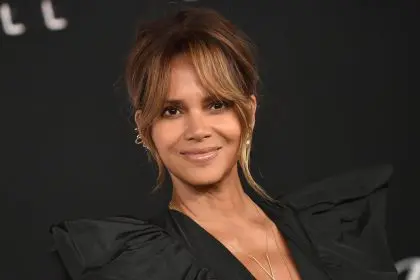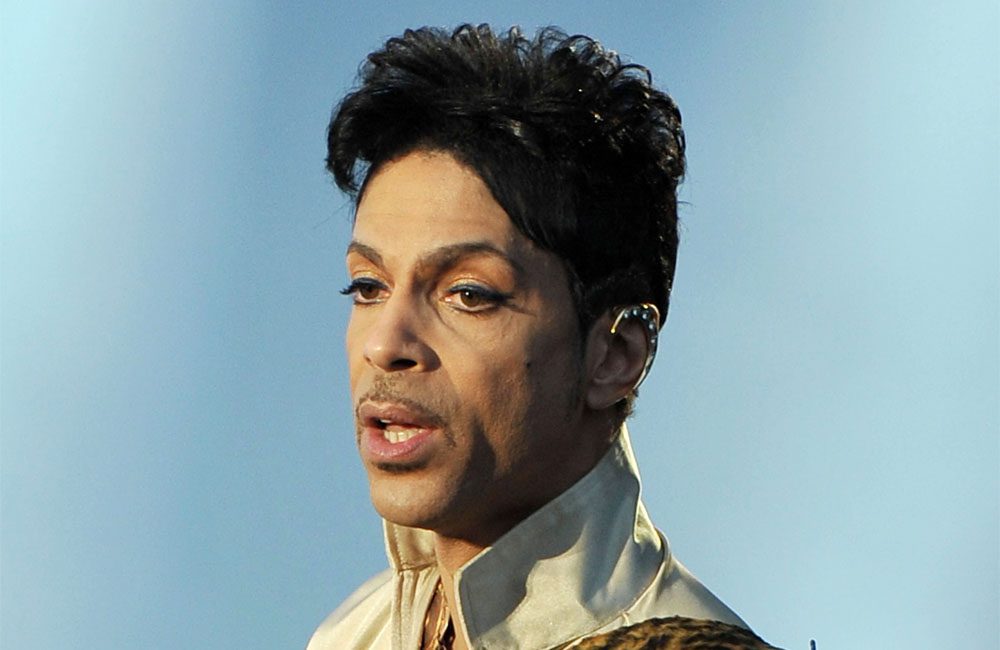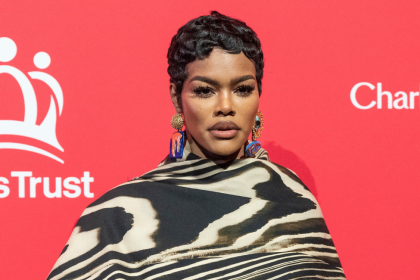 The image most of us have of mainstream classical ballet is one of stick-thin white women who got their start in the world of dance back when they were toddlers sporting baby ballet slippers and tiny tutus.
The image most of us have of mainstream classical ballet is one of stick-thin white women who got their start in the world of dance back when they were toddlers sporting baby ballet slippers and tiny tutus.
Prepare to revamp that image now that Misty Copeland has forever changed the face (and a few other body parts) of American classical ballet.
Copland was 13 years old when she took her first ballet class wearing socks and sweats on the basketball court in the Boys and Girls Club in her hometown. Four years later she was dancing with the notoriously homogenous American Ballet Theatre as their only African American troupe member. Today she is the first black soloist to perform with the company since Nora Kimball, 30 years ago.
“When I started dancing I never thought I would have such a voice,” says Copeland. “Being the only black woman in my company for 11 years I’ve found my voice … I want to introduce more people to [classical ballet].”
 In addition to the attention her ABT career has brought her, Copeland also found a new audience when she was asked by Prince to tour with him and perform her classical technique on stage. “Collaborating with Prince opened up so many people’s eyes … and made [ballet] cool,” she says of the experience.
In addition to the attention her ABT career has brought her, Copeland also found a new audience when she was asked by Prince to tour with him and perform her classical technique on stage. “Collaborating with Prince opened up so many people’s eyes … and made [ballet] cool,” she says of the experience.
Copeland told the Huffington Post that working with Prince, “helped me to see the bigger picture — to not be so focused on the political things that happen in my company and with dancers around me … not to feel judged by other people. When you’re in a field like I am, you get more negative feedback than you do positive. I mean, we stand in front of a mirror all day because we’re supposed to look at our flaws and fix them. So it’s been nice having someone say positive things like, ‘You can do this’ and ‘The sky’s the limit.’ ”
Misty recently filmed a “Day in the Life” segment with award-winning documentary filmmaker Morgan Spurlock in which she visited a Boys & Girls Club to mentor a group of aspiring ballerinas. She told the girls, “It’s really exciting to see young dancers that look like me … It makes me so happy to see you. My mom was a single parent and I’m one of six kids and we all went to the Boys & Girls Club … It seems like this fairytale, but I made it.”
Misty intends to encourage more black girls to consider dancing classical ballet. “It’s important to keep black women in this field motivated and on track,” she explains, “because so many are turned away and told do other forms of dance because they’ll be more accepted and it will be easier for them. So, my goal is to try to push them in this direction. I wish I would have had someone, especially a black woman, I could have looked up to.”
















